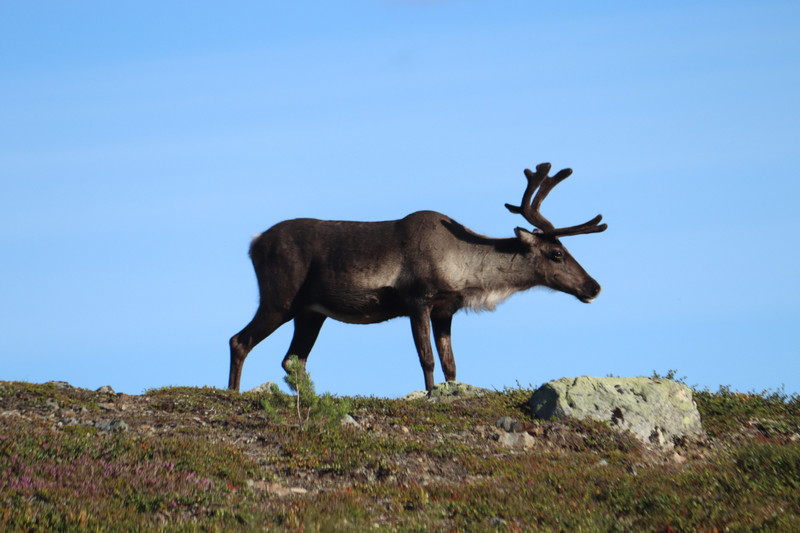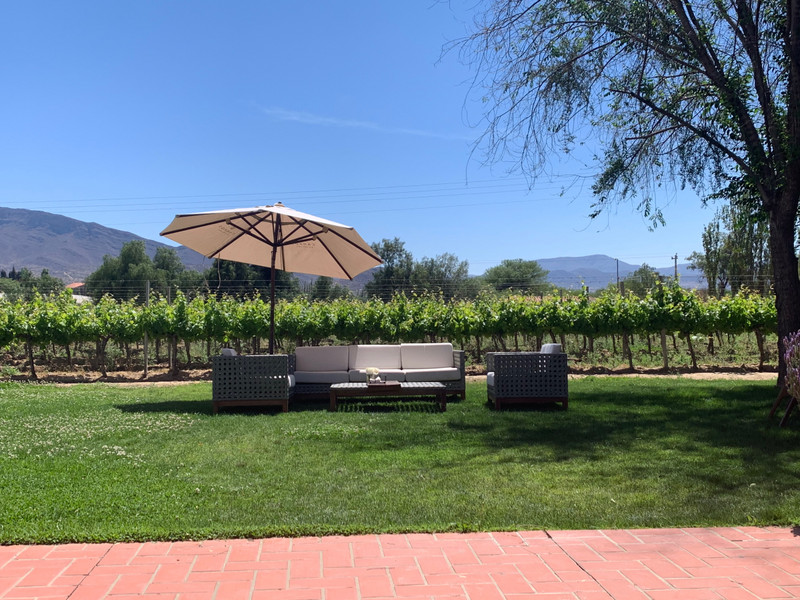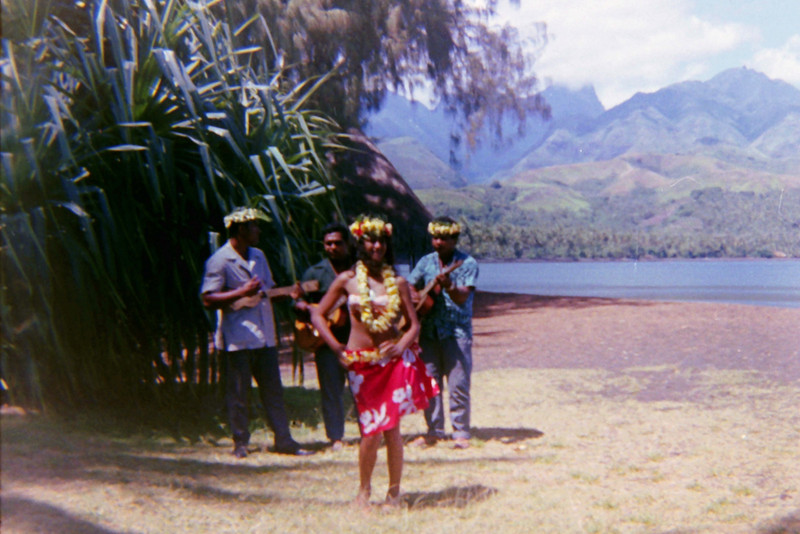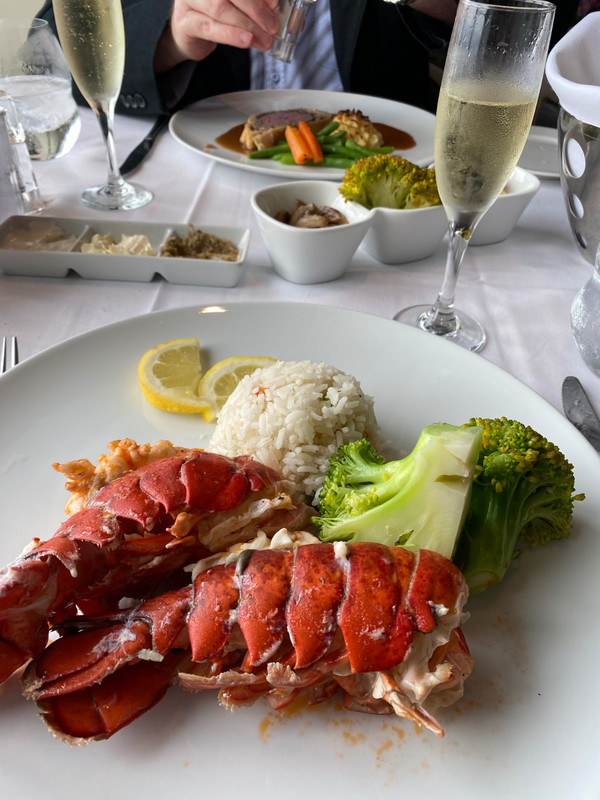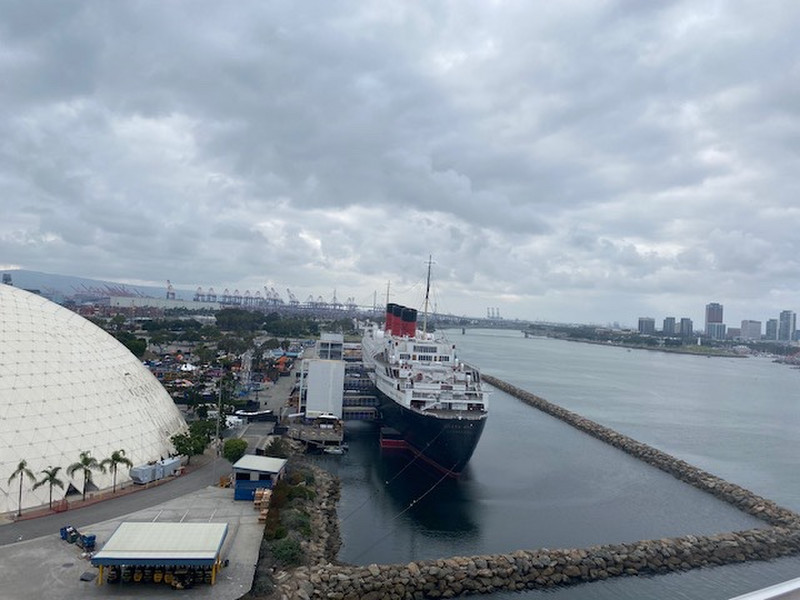A blog entry with animals that actually or supposedly dont exist and with a tree that has existed like forever
In the time line of our vacation this blog entry has a bit of an anomaly. We have here collected photos from a few early days of the trip and the very last ones. We arranged things that way to help us make the blogs a bit more interesting and readable. At least that is what we aimed for. Probably we failed spectacularly. Anyway, here is our eighth blog entry from our vacation in Sweden and in it we cover what we saw in the districts Hrjedalen, Medelpad and Dalarna.
All along the Swedish east coast north of Stockholm there are towns and cities that mainly exists because they served as ports for shipping goods, such as wood or mining ore, that came on road, by rail or on the rivers from the inland. Sundsvall is one of those towns.
Much of Sundsvall was destroyed in a fire in the year 1888. To prevent that from happening again the city council decided that when rebuilding the town they should do so using material
that cant catch fire. They choose stone. Today Sundsvall city centre is dominated by unusually grand stone buildings. Thats why Sundsvall is also known as Stone Town.
Time for the first animal that doesnt exist - Dragons: Sundsvall has Dragons as a mascot or a symbol of the town. A bit like New York City has the Statue of Liberty. That is why they have cute little Dragon sculptures scattered all over the town centre.
Time for the second animal that doesnt exist - Skvader: It might be argued that the Skvader also is a symbol for Sundsvall. This began in a restaurant in Sundsvall about a hundred years ago. A few friends sat at a table eating and drinking when one of them tells a weird story about how he once when he was hunting shot an animal that was half hare and half wood goose. This could have stopped here. Crazy stories told by men to other men when they all are drunk are normally forgotten pretty soon. Not this one though. This story started to get a life of its own. First an artist to draw a painting of the Skvader. After that
someone contacted a taxidermist who had a Skvader created. Today the Skvader has rather famous, so famous that some people think that there once actually existed a Skvader. Today the painting and the work by the taxidermist are displayed in a museum in Sundsvall.
Timr is a small town north of Sundsvall. We only found one thing that we were interested in seeing in Timr and that was Merlo Palace. It is privately owned and is not open for tourists. It is OK to visit the garden and see the palace from the outside. It was a bummer for us that it rained when we were there. We rushed around, snapped a few photos and then rushed back to the car again.
Prior to the 20th century the roads were of poor quality in northern Sweden. On top of that, distances were great and the country was sparsely populated. This led to there being farms and settlements that were pretty much isolated from the rest of the society. To visit a neighbour they might have to travel for half a day. And to visit a town could mean that
you had to travel for well over a day. Those settlements had to lead a life such that they didnt have to depend on others for their survival. Gudmundtjrn is one such settlement. It is well preserved, largely because it was inhabited up until the and is today a museum.
We were told by some people we met that we should visit this place. We are glad that we met those people and they told us to go because it sure was worth visiting it.
sarna is a really small place. Only about 240 people live here. Still it is the home of one of the most successful cross country skiing clubs in Sweden. We stopped there because we needed for a night. The club runs a hostel so it was a good place for us to spend the night.
By the way, sarna is a strong contender for the title The Village with the Most Medals in the Olympic Games per 1000 Inhabitants.
